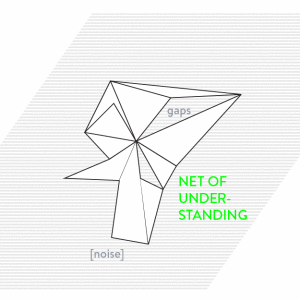Attention without feeling is only a report – Mary Oliver
Was Plato right when he said that writing would only give us the semblence of wisdom by telling us many things without teaching us to use it? As any first time googler knows, an unrefined question results in an avalanche of search results – information that no-one has the time to navigate. Are we throwing out thousands of words in favour of ‘click-bait’ and images just to cut through the noise? After all, there’s only so much one person can take in.
From the ‘death of the novel’ to the hype – then fatigue – of the longform (like NYT’s Snowfall) writing’s future has seen plenty of gloomy predictions. An amusing watch of Ikea’s 2015 ad for ‘bookbook’ – with it’s eternal battery – questions why we would go digital at all. But do these predictions about the format of our ‘wisdom’ matter? Is it not more important to question if and how we can turn this avalanche of information into something meaningful?
As we see and interact with the world, the information we internalise slowly builds a ‘net of understanding’. This net changes constantly – but regardless of how big it is, it can’t catch the barrage of information the media world drops on us. There are several poignant and well debated questions about what new media is doing to our minds and net-building habits (like Carr’s 2008 article Is Google Making Us Stupid?). But what about more social questions? What do reader’s expect from their text? Are there deeper needs that story-telling fills for us?
My research led me to Max-Neef‘s nine human needs, of which I think the following three have the most potential to be addressed by re-framing content with new media. These are: Understanding, Participation and Creation (with Leisure being a nice side-effect, but one that I think the printed book fulfills exceptionally). The pairing of well written text with new media creates the potential of a ‘synergic satisfier’ – a format able to stimulate the satisfaction of multiple needs, like solidarity, critical consciousness, inventiveness and sharing.
I’m not alone in asking these questions. Jonathan Stray (Tow Center for Digital Journalism research fellow) and the creators of Solutions Journalism (a new network taking advantage of the findings that stories are more engaging when they offer solutions) are just two others pointing to exciting possibilities. The technology, like social media and blog publishing platforms, is giving writers, programmers, designers and readers better chances of making their nets bigger, of falling in love with new ideas because someone shared it or it showed up in unexpected places. We have the chance of being fellow match-makers for pairing ideas with knowledge and interests with action, just look at the blog HONY – with a Facebook page comments section that “is without a doubt the best place on the internet” – as an example.
The debate about what formats are doing to our cognitive abilities, our eyes, our environment will continue, why don’t we ask more questions about what we (as readers) need?
Let’s stop re-inventing the wheel, and instead look at what new ways we can fulfill our needs in this information-saturated future.


